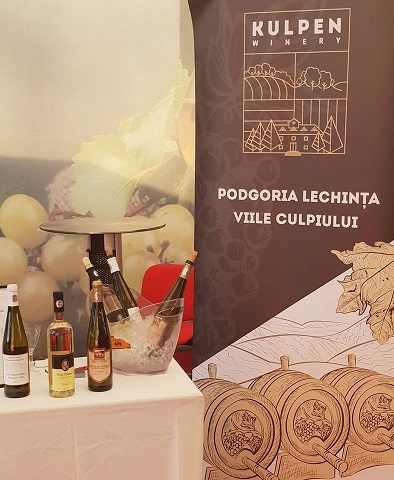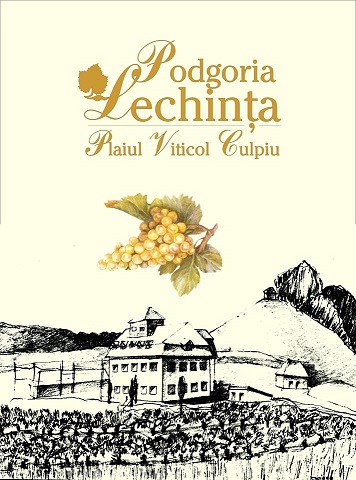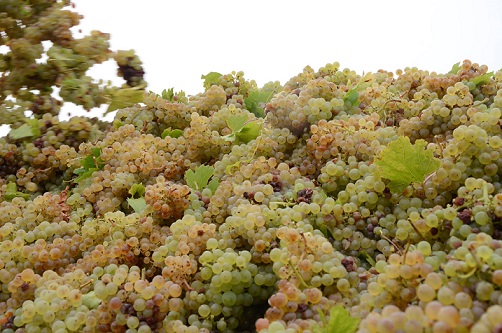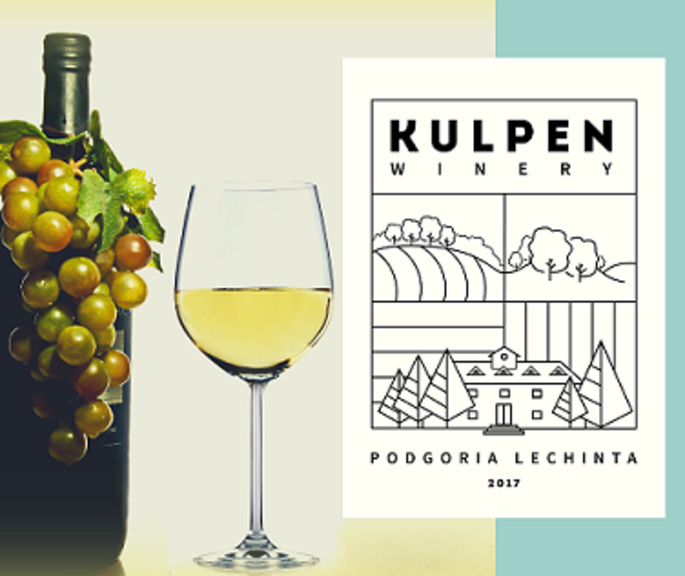The history of Lechința Vineyard begins in 1141 when the Saxons from the Rhine Valley brought vines and planted them in this area. Then, in Wien, the wine produced at Lechinta Vineyard enjoyed the appreciation of the Habsburg House, hence the name "the wine of the emperors". For 750 years here, the vines were cultivated without interruption until 1880 when the phylloxera decimated all the vines in Europe.
The Lechința vineyard has four wine centers: Lechinţa, Teaca, Bistriţa and Batoş. Here the wine growers have replanted the traditional varieties: Riesling, Pinot Noir, Merlot, Neuburger, Feteasca Alba, Feteasca Regala, Chardonnay, Sauvignon Blanc, Muscat Ottonel, Riesling and Traminer. The Lechinta Vineyard is located in the Northeast of the Transylvanian Plateau and crosses Bistrița - Năsăud County and the Northern part of Mureș County.


Culpiu Winery belongs to Prescon Mureș, a joint stock company established in 2003. It has a cultivated area of 68 hectares and an annual production of 10,000 liters of wine. The company owns two farms: the fruit farm from Câmpenița and the wine farm from Culpiu, from Mureș County. Culpiului vineyards are part of the Lechința controlled designation of origin area. Culpiului wines are table wines, sold in bulk or bottled wines. The cultivated grapes varieties are Feteasca Alba, Feteasca regala, Sauvignon Blanc, Italian Riesling, Neuburger and Muscat Ottonel. The label wine is Blazon de Lechința - a blend between Feteasca Regala and Muscat Ottonel.
With a tradition of over 15 years in the field of viticulture, Kulpen Winery has restored the tradition of viticulture in this area and the climate, soil and skill of the viticulturist and winemaker have created a unique wine.

Source and Photo credit: https://www.facebook.com/kulpenwinery/


































